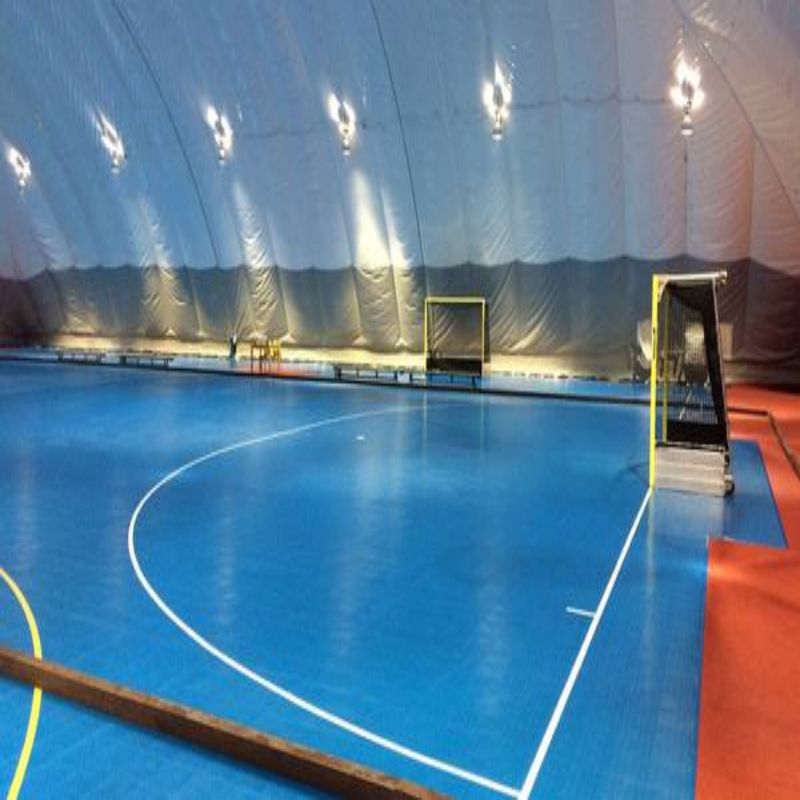Air Dome vs. Traditional Stadiums: Which Offers Better Flexibility for Events?
Introduction
Air Dome vs. Traditional Stadiums: Which Offers Better Flexibility for Events? When it comes to hosting events, choosing the right venue is crucial. In recent years, air domes have emerged as a popular alternative to traditional stadiums. These temporary structures offer unique advantages in terms of flexibility and versatility. In this article, we will explore the various aspects of air domes and traditional stadiums to determine which option provides better flexibility for hosting events.
1. Air Dome: A Versatile Option
Air domes are inflatable structures made of durable materials such as PVC or TPU. They can be quickly and easily assembled on any level surface, making them highly versatile. Whether you need to accommodate a sporting event, trade show, concert, or exhibition, air domes can be adapted to suit a wide range of event types. Their modular design allows for customization in terms of size and layout, providing organizers with the flexibility to create the perfect space for their event.
2. Traditional Stadiums: Fixed and Limited
Traditional stadiums, on the other hand, are fixed structures with limited flexibility. They are designed for specific sports or events and may not easily adapt to different requirements. The seating arrangements and layout of a traditional stadium are generally permanent, making it challenging to modify the space for different types of events. This lack of adaptability can limit the creativity and possibilities for event organizers.
3. Air Dome: Weatherproof and Year-Round Availability
One significant advantage of air domes is their weatherproof nature. These structures can withstand various weather conditions, including rain, snow, and wind. This feature allows events to proceed without being affected by external factors. Additionally, air domes can be used throughout the year, regardless of the season. This flexibility in scheduling events makes them an attractive option for organizers looking to host events in any weather.
4. Traditional Stadiums: Weather Dependence and Seasonal Limitations
Traditional stadiums are often limited by their dependence on good weather conditions. Outdoor events scheduled in traditional stadiums can be easily affected by rain, strong winds, or extreme temperatures. This can lead to last-minute cancellations or a compromised experience for attendees. Moreover, traditional stadiums are typically only available during specific seasons, reducing the options for event planning throughout the year.
5. Air Dome: Customizable Amenities and Features
Air domes offer the advantage of customization when it comes to amenities and features. From lighting and acoustics to seating arrangements and branding opportunities, event organizers have the freedom to design the space according to their specific needs. This flexibility allows for a more tailored and immersive experience for attendees.
6. Traditional Stadiums: Fixed Amenities and Features
Traditional stadiums often have fixed amenities and features that cannot be easily modified. While they may offer standard facilities such as seating, restrooms, and concessions, the options for customization are limited. This lack of flexibility can hinder the overall experience and atmosphere of an event, especially for organizers who want to create a unique and memorable setting.
7. Air Dome: Cost-Effective Solution
Air domes generally offer a more cost-effective solution compared to traditional stadiums. The construction and maintenance costs associated with air domes are often lower, making them an attractive option for event organizers with budget constraints. Additionally, air domes can be rented or leased for shorter durations, providing further flexibility in terms of financial commitments.
8. Traditional Stadiums: Higher Costs and Long-Term Commitments
Traditional stadiums typically involve higher costs due to their permanent infrastructure and maintenance requirements. Event organizers may also need to commit to long-term contracts, which can limit their flexibility in terms of event scheduling and budget allocation. These financial constraints can make traditional stadiums less accessible for smaller or one-time events.
9. Air Dome: Mobility and Accessibility
One key advantage of air domes is their mobility. These structures can be easily transported and set up in different locations, providing event organizers with the flexibility to host events in various areas. This mobility also allows for better accessibility, as air domes can be placed closer to urban centers or areas with high population density, ensuring easier attendance for event-goers.
10. Traditional Stadiums: Fixed Location and Accessibility Challenges
Traditional stadiums are fixed in one location, which can pose challenges in terms of accessibility for attendees. If the stadium is situated far from urban centers or lacks proper transportation infrastructure, it may discourage potential participants from attending events. This limitation in accessibility can impact the success and reach of an event.

